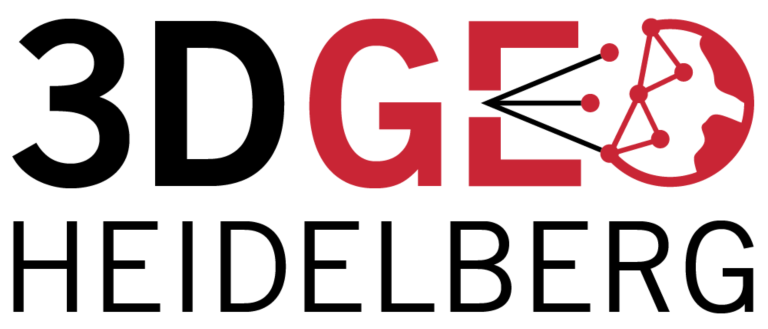Category: Research
-
Extracting raw GPS data from OpenStreetMap – an LGPL tool
We are happy to announce that a new JAVA-based tool is available that allows extracting raw GPS data from the OpenStreetMap GPS planet file. The tool is under LGPL license. It allows to specify a bounding box and to export the extracted data to 3D-Shapefiles. Besides the full GPS planet file there are also regional…
-
A Conceptual Quality Framework for Volunteered Geographic Information (VGI)
The assessment of the quality of volunteered geographic information (VGI) is cornerstone to understand the fitness for purpose of VGI in many application domains. Most analyses focus on the geometric and positional quality, and only sporadic attention has been devoted to the interpretation of the data, i.e., the communication process through which consumers try to…
-
First Arctic Expedition for 3D Earth Observation of Permafrost (Mackenzie Delta, Canada) within our PermaSAR Project
In June 2015 the LiDAR Research Group (LRG), Heidelberg University, performed a joint expedition with the Alfred-Wegener Institute (AWI). This was our first field expedition within the PermaSAR research project, which is funded by the BMWi / German Aerospace Center (DLR) from 2015 to 2018. The project PermaSAR aims at developing a novel method for…
-
How to find the fastest way out of a dense human crowd using your smartphone?
In our research “Routing in Dense Human Crowds Using Smartphone Movement Data and Optical Aerial Imagery“, we propose a navigation approach for smartphones that enables visitors of major events to avoid crowded areas or narrow streets and to navigate out of dense crowds quickly. Two types of sensor data are integrated. Real-time optical images acquired…
-
Crowdsourcing Accessibility Information – Talk at University of Education Heidelberg
Yesterday, a talk was given by Stefan Hahmann within the frame of the colloquium series of the geography department at Heidelberg University of Education. The talk was entitled “Crowdsourcing for individual needs – the example of wheelchair routing“. Besides a general introduction to the field of crowdsourcing, VGI and OpenStreetMap, our research and development activities…
-
MayaArch3D Closing Meeting 4th/5th of June 2015 at DAI-KAAK, Bonn
The MayaArch3D project held its final closing meeting at the German Archaeological Institute in Bonn from the 4th to the 5th of June 2015. Two days of discussions and presentations demonstrated the results of the 3-year BMBF (German Ministry of Education and Research) funded project “MayaArch3D – A Web-based 3D-GIS for the Analysis of the…
-
Invitation to GIScience Colloquium: An Agent-Based Model of Individual and Collective Place Formation
We cordially invite any interested person to the next GIScience Heidelberg colloquium presentation this week on Thursday, 18 June 2015, 2.00 p.m. in the Lecture Hall, Institute of Geography, Heidelberg University, Berliner Str. 48, 69120 HD. The title of the talk is “An Agent-Based Model of Individual and Collective Place Formation” and will be given…
-
Bernd Resch receives Theodor-Körner Award
At a ceremony at the University of Vienna Bernd Resch (Heidelberg University and University of Salzburg) received the Theodor-Körner Award in the category of medicine, natural sciences and technology. The Price was awarded by the Austrian Ministry of Transportation, Innovation and Technology (bmvit). In his work, Bernd Resch focuses on assessing human emotions with a…
-
Andreas Reimer successfully defends his PhD on Cartographic Modeling for Automated Map Generation
Last week our GIScience team member Dr. Andreas Reimer successfully defended his PhD at TU Eindhoven (Promotor: Prof. Dr. Bettina Speckmann, Eindhoven and Co-promotor: Prof. Dr. W.A. Mackaness, Edinburgh). The topic of the PhD thesis was “Cartographic modelling for automated map generation” and includes a range of fascinating research on cartography, ranging from schematizing and…
-
Report on Human Sensor and Geographic Information Systems for Disaster Risk Management (HSenSIG) training school
On the dates of 11 to 15th of May, the European Commission (COST Action TD1202: Mapping and the Citizen Sensor) organized a training school on Human Sensor and Geographic Information Systems for Disaster Risk Management (HSenSIG) hosted by the Institute for Systems Engineering and Computers at University of Coimbra, Portugal. Our colleague, Prof. João Porto Albuquerque was invited…


